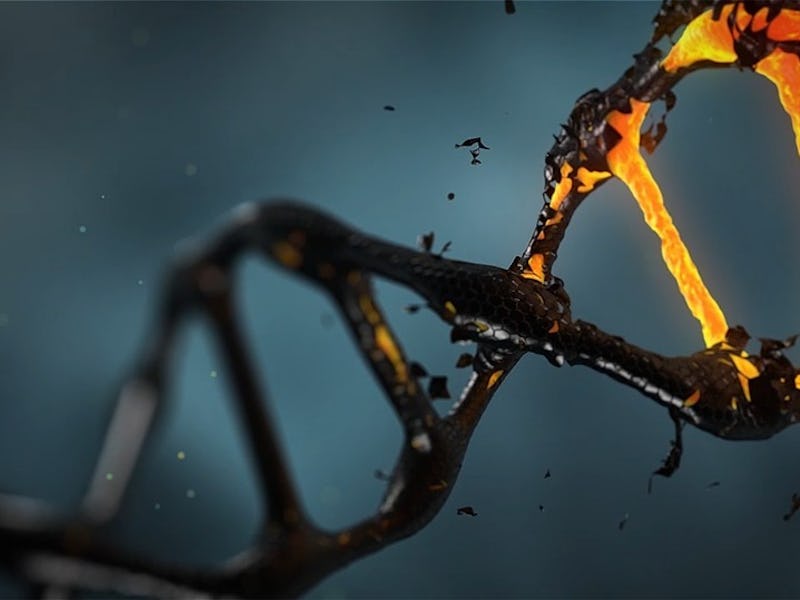Contentious 'Crime Gene' Defense Loses Support From Scientists
Whether violence is in our DNA is still up for debate.

In 2009, Stefania Albertani pled guilty to killing her sister, burning the body, then attempting to kill her parents. Two years later, an Italian jury reduced her sentence from life in prison with no parole to 20 years of jail time, in part because Albertani’s defense argued she was helpless against her genetics, which predisposed her to commit violent crime. At the time, geneticists determined that Albertani carried a low-activity for monoamine oxidase A, nicknamed the “warrior gene,” suggesting violence was simply in her nature.
In a commentary published in Nature on Monday, psychologist Nicholas Scurich, Ph.D., and psychiatrist Dr. Paul Appelbaum argue that implication isn’t necessarily fair.
Until there’s more of a consensus on the MAOA gene variant, they write, it will become less of an influence in a court of law. Albertani and a few other high-profile defendants may have successfully had their sentences reduced because of their “violent genes”, but “the exact relationship between specific genes and antisocial behavior is far from settled,” the researchers argue. In studies that have evaluated whether or not juries could be convinced that MAOA gene activity should play a part in court decisions, the reactions have been mixed.
Until there's more of a consensus on MAOA, it's not likely to become any more influential in court.
“Biogenetic explanations for behavior appear to induce countervailing beliefs, leading both to the perception that persons are less blameworthy for their behavior, but also that they are more likely to commit such acts again,” the scholars write. While it’s accepted among judges and the general public that our genes do influence how we behave, the extent that we can curb that influence to align our behavior with the law is less understood.
In other words, what the research really calls into question is how much free will we actually have. Some studies, like one 2015 paper in Molecular Psychiatry and another in the Journal of Psychiatric Research suggest that we don’t have much: These papers showed that low activity in the MAOA gene, which is on the X chromosome, is correlated with an greater number of convictions for violent crime when individuals carrying the gene variant have a history of childhood maltreatment.
There also exist studies that have identified changes in the brain structure and function of men carrying a low-activity MAOA gene — such as reduced gray matter volume in the amygdala — which some scientists have suggested can be linked to violent acts.
Red, the amygdala. Less gray matter in the amygdala has been linked to impulse aggression.
But the link between the low-activity MAOA gene and violent acts is far from consistent, say Scurich and Appelbaum. The environment in which the gene carrier exists still plays a large role in their behavior, as does the discretion of the individual to act on those urges.
“Most studies on the relationship of MAOA-L alleles to violence have shown no effect of the low-producing allele per se, in the absence of indicators of childhood maltreatment — suggesting that these alterations in themselves are insufficient to account for increased violence risk,” they write.
Scientists are a long way from “having the kind of evidence that the law might find probative on issues of responsibility and punishment,” the conclude. Society is starting to understand that genes can influence behavior, but we’re a long way from understanding how they do so and under what circumstances, let alone agreeing that a particular gene could condemn you to a life of crime.